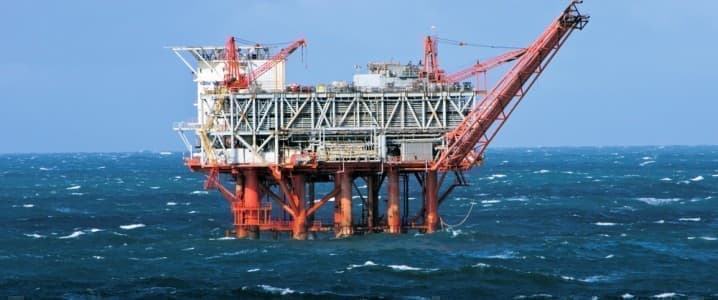The Mexican government launched a quest against foreign oil companies operating in the country pretty much from day one in office. First, it suspended new oil and gas auctions and began a review of the contracts signed by the previous government as it searches for evidence of corruption. Then, it proposed law after law to expand the clout of state-owned Petroleos Mexicanos (Pemex) on the local market at the expense of private companies. Now, the government has awarded Pemex operatorship of the biggest private discovery of oil in Mexico.
The Zama field, in the Campeche offshore basin, was discovered by a private consortium led by U.S. Talos Energy in 2015.
With reserves estimated at 670 million barrels of recoverable crude, the discovery was the largest in Mexico made by a private company for decades. Yet there was a problem with this field – it extended into a neighboring one operated by Pemex.
According to an independent evaluation, 60 percent of the Zama field’s reserves lay in the block whose operator was Talos Energy and the rest was in the block operated by Pemex. In 2020, the Mexican government ordered the U.S. company to negotiate operating terms for the Zama field with Pemex. If the two companies failed to strike a deal, the government said it would decide for them.
The negotiations dragged on for a while, with Pemex arguing it did not want to operate the field at any cost but had to tailor the technical details of the operatorship.
Related: Record Decline In U.S. Crude Stockpiles Fuels Oil Rally "It's not a case of 'I want (to be the operator) because I'm the biggest, or I'm the best-looking,' it's because it suits them and it suits us," Pemex chief executive Octavio Romero said in an interview with Reuters in March this year, a month after the deadline the government had set the two companies to agree on a deal. "We're talking about it, we're analyzing it technically."
Two months later, in May, Talos Energy disclosed that it was actually Pemex that had the majority share of the reserves at Zama, at 50.4 percent. That calculation was made during another study of the two fields commissioned by the two companies, according to a Bloomberg report.
For those following Mexican energy politics since Andres Manuel Lopez Obrador became president, the end of the Zama saga wouldn’t come as a surprise. One might even argue that it makes sense that the company with a claim to more than half of the reserves at the field is its rightful operator. The problem is, it’s not just about being awarded field operatorship. It’s also about having the resources to develop it.
When Talos Energy announced the discovery of oil in Zama, it began drilling wells. Pemex, on the other hand, has yet to drill any wells in its part of the deposit. Not only that, but earlier this month, Pemex said it had canceled the drilling of its one appraisal wells planned for that deposit. That well would have helped determine more accurately how much of the oil is in Pemex’s block and how much is in the block developed by Talos Energy and its partners. To compare, since the discovery of Zama, Talos Energy has drilled one exploratory and three appraisal wells.
In other words, it has done the work so far and it has the resources to continue doing it. Pemex, on the other hand, is the world’s most indebted oil company despite generous state support and has been scrambling—and failing—to reverse a years-long decline in production.
Earlier this year, the company said it had struck oil at an onshore field in Tabasco, which could hold up to 1 billion barrels of crude. That was in early March and the company promised details will follow later that month. No details were released, however.
Related: Saudi Aramco Sees A Major Market Forming For Hydrogen
Analysts cited in news reports on the government’s handing control over Zama to Pemex seem to be unanimous this will not make Mexico look good. It is the latest move in a nationalistic drive by the government to reverse as much of the reforms implemented by the previous administration as possible.
The pros and cons of national ownership of critical industries may be open to debate, but there are much more practical considerations in the case of Zama and Pemex.
Mexico needs to produce more oil to satisfy its growing energy demand. This is what President Lopez Obrador, commonly referred to by media as AMLO, has promised. He is pursuing this by giving more control of Pemex over the country’s oil industry. What he can’t do, unfortunately, is to equip the company with the expertise to develop an offshore field in deeper waters than it has ever operated in so far. The Zama field is one of those cases where the state company would have likely benefited from a partnership with the private ones that discovered the field.
By Irina Slav for Oilprice.com
More Top Reads From Oilprice.com:
- The Best Energy Dividend Stocks Of 2021
- Russia Is Ready To Open The Taps
- Keystone XL Owner Seeks $15 Billion In Damages From Washington


















